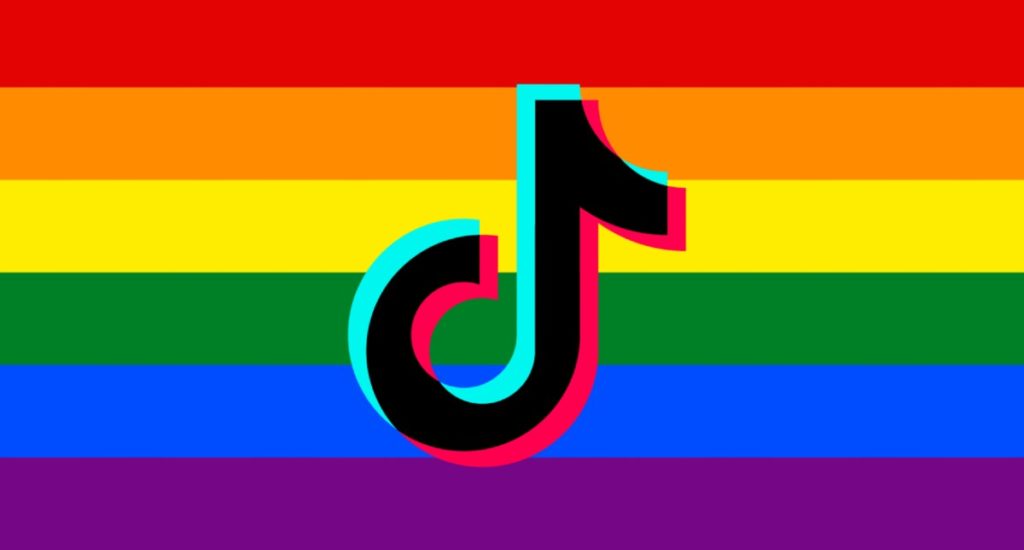Why I don’t buy it.

What happens when a man kisses his boyfriend at the stroke of midnight on New Year’s Eve and posts it on the video-sharing social network, TikTok? The post is removed because it’s a violation of the platform’s community guidelines. That’s exactly what happened to me this New Year’s.
When I saw the notification on my profile, I was flooded with feelings of shame and alienation. After being out of the closet for 24 years, I knew I needed to take action for myself and for the entire LGBTQ community.
In a world where bullying is rampant, the relatively new platform that already reaches 60 million active monthly users in the US must support the equal and fair treatment of LGBTQ users and all diverse communities.
Most importantly, think about a teenager going through the same experience of having their video removed because they simply kissed their same-sex partner. Imagine how devastating it would feel when a popular social network tells them it’s not okay to be who they are. Many would be too afraid to speak up and would not know how to respond to this type of discrimination.
That’s why I chose to take action – for those who cannot.
I started by filing a support ticket and then tweeted the company. Finally, I emailed TikTok’s public relations department.
After explaining that I was writing a piece on the video being removed and demanding answers, my request was quickly forwarded to the moderation team. Within two hours, TikTok re-activated my video and let me know it had been incorrectly removed due to human error. I can hardly believe this was the reason the video was removed. If I hadn’t shared with TikTok PR that I was writing an article, I doubt the company would have responded so rapidly.
The initial removal of my video appears to be a continuation of TikTok’s reported bias against the LGBTQ community.
Indeed, late last year, TikTok admitted to suppressing videos from LGBTQ users in what the platform called a “flawed attempt” to prevent bullying.
TikTok provided an empty defense of its policies, saying “…in response to an increase in bullying on the app, we implemented a blunt and temporary policy.”
TikTok said the policy “was never designed to be a long-term solution,” adding, “While the intention was good, it became clear that the approach was wrong and we have since removed the policy in favor of more nuanced anti-bullying policies and in-app protections.”
The removal of my New Year’s Eve video makes the urgent case for a full internal evaluation of TikTok’s policies and moderation practices. A number of tough questions need to be answered.
If this decision was based on human error, who was the human? How does TikTok make hiring decisions for moderation positions? Is diversity represented on these teams? What about across the organization as a whole? And, most importantly, what will the company do to prevent a repeat of this experience?
The bottom line is we can’t allow a social media platform to commit discriminatory micro-aggressions against any community.
TikTok needs to continue to be called out for biased practices. It’s critical that the company understands its responsibility to create a safe and welcoming environment for all.
The clock is literally ticking for TikTok to make big changes. And, guess what, the alarm has gone off.
This article originally appeared on Campaign US.